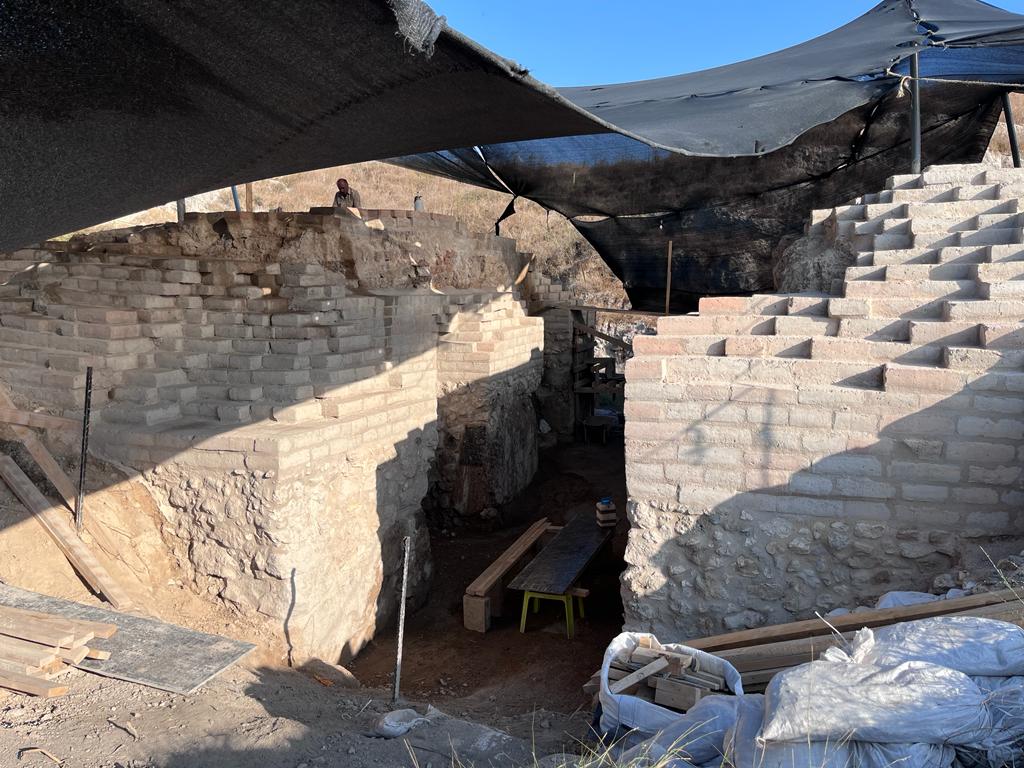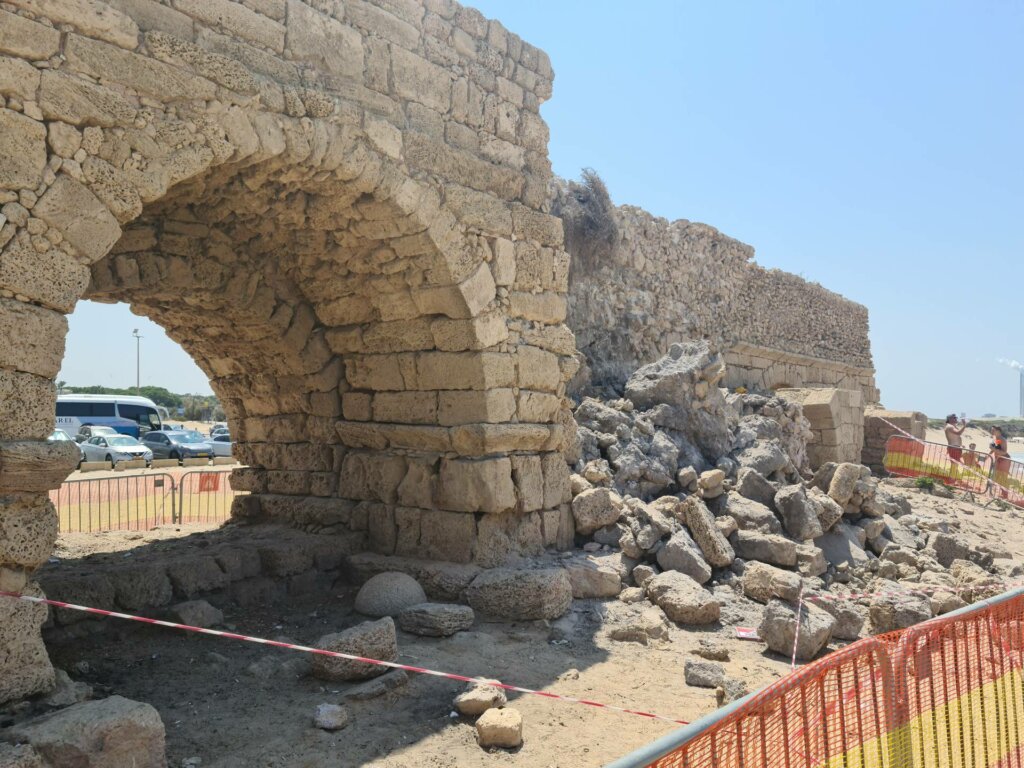New excavations at Hyrcania have already turned up an inscription in Greek adapted from Psalm 86.
“A cave containing the remains of a young woman who was likely a courtesan during the Hellenistic period has been discovered near Hebron Road in Jerusalem, along with a well-preserved, rare bronze mirror.”
Gershon Galil claims that he has deciphered a fragmentary inscription from the time of Hezekiah that was discovered in Jerusalem forty years ago (Hebrew version here). (I wouldn’t recommend trusting Galil’s judgment on anything these days. So far the story is only covered by Ynet; if other outlets cover this, they will surely include responses from other scholars.)
Archaeologists have made new and interesting finds at the ancient submerged Egyptian city of Heracleion.
This one-minute video shows how cuneiform tablets were formed from clay and inscribed.
In the newest episode in the Flora & Faith series, Brad Gray explains the symbolism of the almond tree in Scripture.
The latest episode in “Faith Journeys with God in the Land” with John DeLancey was filmed at the Pool of Siloam earlier this year.
Erez Ben-Yosef was on the What Matters Now podcast to discuss his theory about the beginnings of the United Monarchy. The Times of Israel article includes a transcript.
Zoom lecture on Oct 5: “Maritime Viewscapes and the Material Religion of Levantine Seafarers,” by Aaron Brody ($13). Brody has written an article on the ASOR Blog on the same topic.
Zoom lecture on Oct 19: “Archaeology of Jesus’ Nazareth,” by Ken Dark. Registration required.
Biblical Archaeology Report has a rundown on the top three discoveries of the month.
Ferrell Jenkins shares some experiences and photos from his visits to Mount Nebo.
Sukkot, the Feast of Tabernacles, the seventh and final commemoration in the biblical calendar, begins today. TheTorah.com has an article on the etrog as the fruit of the tree of the knowledge of good and evil.
HT: Agade, Ted Weis, Joseph Lauer, Arne Halbakken

